June 25, 2025 | 05:29 GMT +7
June 25, 2025 | 05:29 GMT +7
Hotline: 0913.378.918
June 25, 2025 | 05:29 GMT +7
Hotline: 0913.378.918
At the conference to review the performance of the General Department of Forestry in the first half of this year and its tasks for the second half of 2022, Director General Nguyen Quoc Tri said that Party, State and people paid attention to forest protection activities.
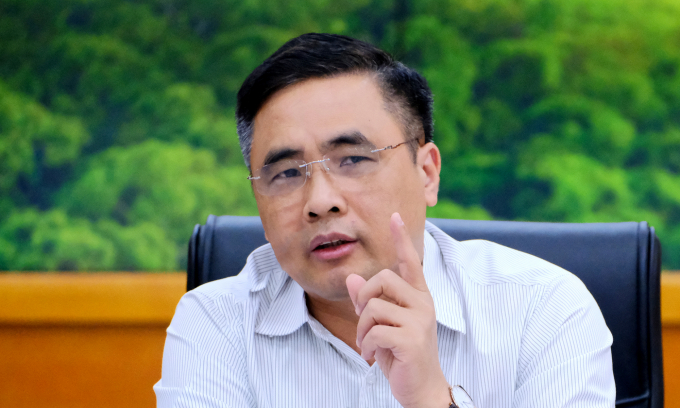
Director General of the General Department of Forestry Nguyen Quoc Tri said that difficulties of forest rangers had been reported to the Government. Photo: Bao Thang.
Recently, leaders of the General Department of Forestry reported "bottlenecks" in mechanisms and policies for forest rangers to the Government including harsh working conditions, high risk of exposure to forest fires. The General Department also proposed a number of support policies to address the bottlenecks.
Director of the Forest Protection Department Nguyen Huu Thien said that the forest ranger force had a big workload, each ranger has to be in charge of several tens of ha, even a few hundred ha forest. Forest rangers were still busy with administrative work.
"On average, every day, we have to process and issue about 13 documents, from direction and administration to legal documents," said Thien.
According to the leader of the Forest Protection Department, in the first half of 2022, the number of forest violations decreased by 1.2 per cent over the same period, the damaged forest area decreased by 50 per cent over the same period; the number of forest fires decreased by 65 per cent over the same period. However, there were still some hot spots for deforestation in some provinces in the Northwest, Central Highlands and Central regions.

The forestry industry faces many difficulties and opportunities in the second half of 2022. Photo: Bao Thang.
To strengthen forest protection, ensure the life of forest rangers, Director General Nguyen Huu Thien said that the forest ranger system at all levels need more modern equipment such as fire watchtowers attached to sensors, improved capacity building, multi-value integration in line with the development orientation by the Ministry of Agriculture and Rural Development.
In addition to maintaining a stable forest coverage of 42 per cent and improve forest quality, the forestry sector also strives to fulfill the export target of US$16.3 billion assigned by the Government.
Deputy Director General of the General Department of Forestry Pham Van Dien said that it was a possible goal. Dien explained that in the first six months of this year, the wood industry's export reached about $9.1 billion; the area of forest certified for sustainable forest increases steadily and will reach 90,000 ha by the end of the year.
However, he said that challenges, including the world situation such as the Russia-Ukraine conflict, rising inflation in many countries, caused a decrease in demand for wooden furniture in the short term, and the increase of the prices of materials and transportation. Moreover, countries have been implementing protectionist policies.
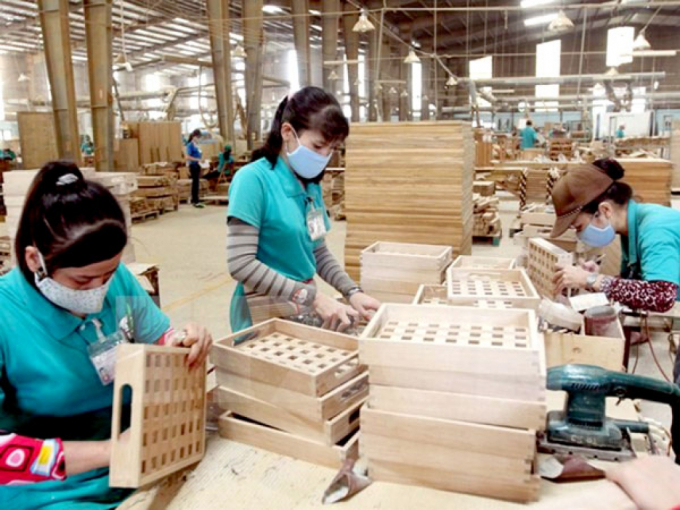
The forestry sector is confident with its furniture export turnover targets.
"Units of the General Department of Forestry need to closely coordinate with businesses and associations to develop a variety of scenarios to timely offer recommendations relating to the market, ensuring that timber used for production is legal. Thereby, businesses avoid situations related to anti-dumping as well as legal troubles", Dien expressed.Director General Nguyen Quoc Tri affirmed the industry's export targets. In parallel with diversifying the market and increasing the use of domestically planted timber, businesses need to promote domestic consumption so that "people who have products and people who have demand could meet each other."
Tri also asked the whole forestry industry to switch from a management mindset to a service mindset. He emphasised that the implementation of policies should be flexible and compliant with legal regulations.
In addition, Tri suggested a shift from forestry production thinking to forestry economy. He proposed that household forest owners should be further empowered, effectively implementing the policy of payment for forest environmental services, increasing income for people and units involved in forest protection.
In the first six months of 2022, the whole country prepared 859 million seedlings, equaling 130.4 per cent compared to the same period in 2021. Of them, nine new varieties of forestry plants were recognised. The afforestation area reached 119,400ha, reaching 49 per cent of the plan, equaling 103.1 per cent over the same period in 2021. The whole country planted 50 million trees, reaching 41 per cent of the plan, equaling 141 per cent over the same period in 2021.
The trade surplus of the whole industry is estimated at $7.5 billion, up 3 per cent over the same period in 2021. The total payment for forest environmental services is over VND1.5 trillion, equaling 106 per cent of the same period and 54 per cent of the plan.
Translated by Hien Anh

(VAN) The Food and Agriculture Organization’s Strategic Framework and its Science and Innovation Strategy make a simple case: solving systemic problems requires systemic solutions.

(VAN) Vietnam's national goal programs have effectively mobilized the combined strength of agriculture, farmers, and rural areas, thereby enhancing the material and spiritual well-being of the Vietnamese populace.
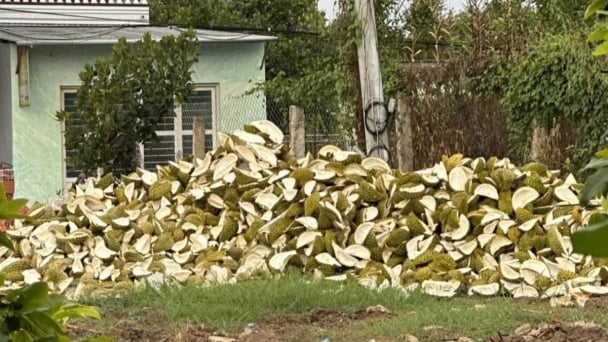
(VAN) The waste of resources from agricultural by-products and the situation of counterfeit and poor quality goods in production causing losses of thousands of billions were pointed out by the National Assembly deputy.
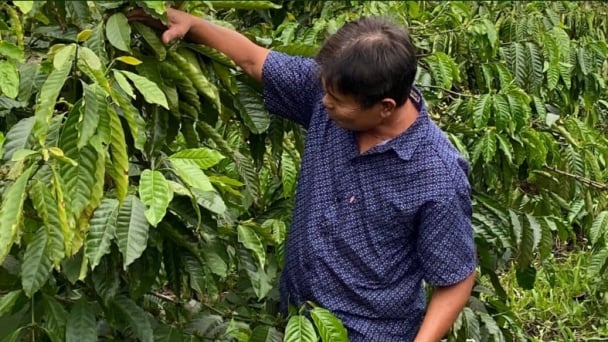
(VAN) After 5 years of implementation, the CAI initiative has helped coffee growers change their farming practices, moving toward responsible agriculture that meets global export standards.
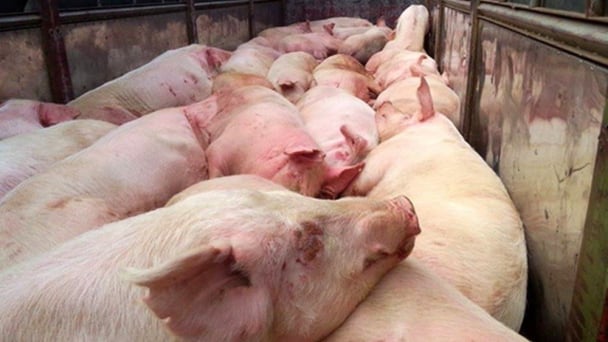
(VAN) The primary prerequisite for the comprehensive and robust integration of Vietnam's livestock sector into the global value chain is the establishment of a disease control system.
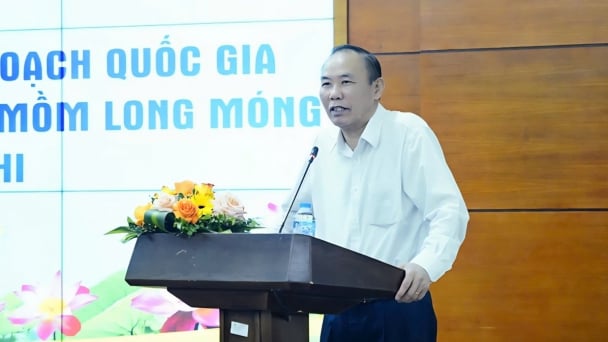
(VAN) The results of national programs are essential for establishing a contemporary livestock sector that is well-equipped to meet the demands of both domestic and international markets, with robust biosafety standards.
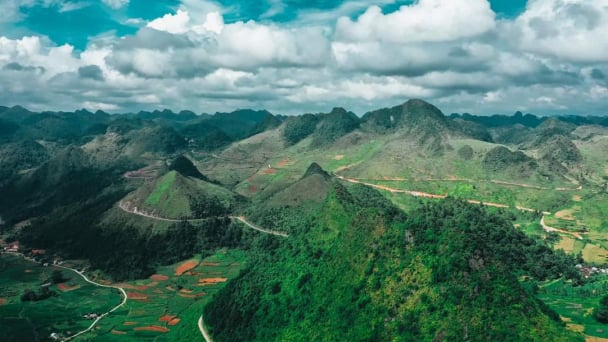
(VAN) The UNESCO Global Geopark revalidation of Non nuoc Cao Bang and the transition to a two-tier administrative model are presently undergoing a pivotal moment in Cao Bang, the northernmost province of Vietnam.